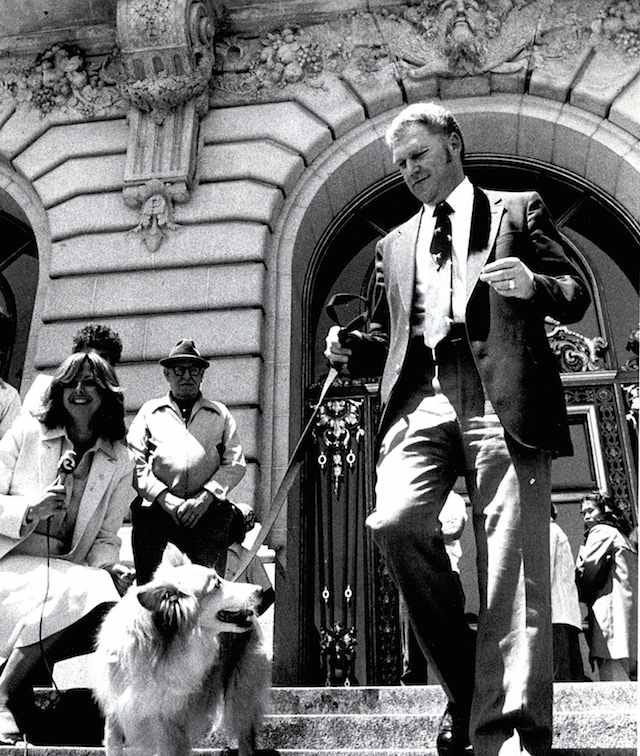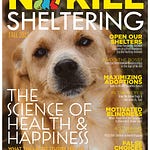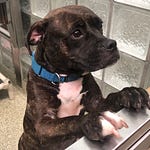Listen above to “A House of Cards Divided: The fight for the heart and soul of America’s animal shelters,” part two of “Yesterday, Today, and Tomorrow: Animal Sheltering in the United States,” a podcast series.
I recently published several articles and podcasts about how some groups have abandoned their No Kill mission and are now successfully encouraging others to do the same. Concerned about the increasing betrayal of No Kill ideals by organizations that grew influential and wealthy by championing that very cause, I have embarked on a podcast series that will serve both as a refresher on the history and principles of No Kill, as well as provide a roadmap for the future.
In part one, Jennifer and I recount the 1866 founding of the American animal protection movement in New York City by Henry Bergh, who incorporated the nation’s first SPCA. We discuss the values that compelled him to advocate for all animals regardless of species and regardless of who was responsible for inflicting harm to them. Beneficiaries of Bergh’s compassion and determination included working dogs and horses, animals killed for sport or exploited for entertainment, animals in slaughterhouses, animals tortured for medical experiementation, and frequently, the city's cruel dogcatchers.
At the end of that podcast, we recount how the ASPCA took over the pound contract in New York City following Henry Bergh’s death and against his wishes. As a result, it began a century of squandering not only his life work, but more significantly, the ASPCA’s vast potential. As other SPCAs and humane societies followed suit, Bergh’s ideal of a humane agency founded to save the lives of animals was replaced with shelters across the country whose primary purpose was killing animals, whether or not they are suffering. Within a very short period of time, they collectively became the leading killers of dogs and cats in America.
You can listen here to part one: “Regarding Henry: The birth and betrayal of the humane movement in America.”
How was it that organizations focused on the rights of all animals became some of the largest inflictors of harm to them?
In part two, we discuss how these organizations tried to reconcile this contradiction by creating the fiction that killing by shelter employees was not just a unique exception to the rule that animals should not be subjected to violence, but even more disturbing, that shelter killing was itself a form of animal advocacy; a kindness.
We explain how illogical and therefore vulnerable to scrutiny this tenet actually was, likening it to a house of cards that would fracture under the various stressors that would repeatedly test its moral and structural integrity throughout the coming century.
The first test came to a head in the 1950s when the battle over pound seizure (sending animals from pounds to animal research laboratories) exposed the degree to which many of those working at these so-called “animal protection” organizations had become so divorced from their founding missions that they were willing to sell animals to be tortured for profit.
The second occurred in the 1970s, when cultural headwinds transformed dogs and cats into beloved family members, requiring additional and equally absurd philosophical scaffolding to obfuscate their betrayals from an increasingly concerned American public.
And the third occurred in the 1990s when The San Francisco SPCA embraced common-sense alternatives to pound killing and brought the death rate to the lowest of any urban community in the U.S., launching the modern No Kill movement and provoking a backlash from the traditional sheltering establishment that was threatened by that success.
As young, 20-something animal rights advocates working and volunteering at several Bay Area animal protection organizations in the 1990s, Jennifer and I ran head long into the serious dysfunction that had come to dominate animal sheltering, and the animal protection movement as a whole.
Those experiences would come to influence the course of our personal and professional lives to this very day, including the fight to protect cats in California that brought us together. They would also ultimately set the stage for moving our kids, dogs, and over 20 cats across the country to create the nation's first No Kill community.
——————
This holiday season, please consider giving the gift of a Substack subscription to a friend, family member, or colleague. Doing so allows me to keep writing articles and making podcasts on issues not found anywhere else:

















Yesterday, Today, and Tomorrow: Animal Sheltering in the United States